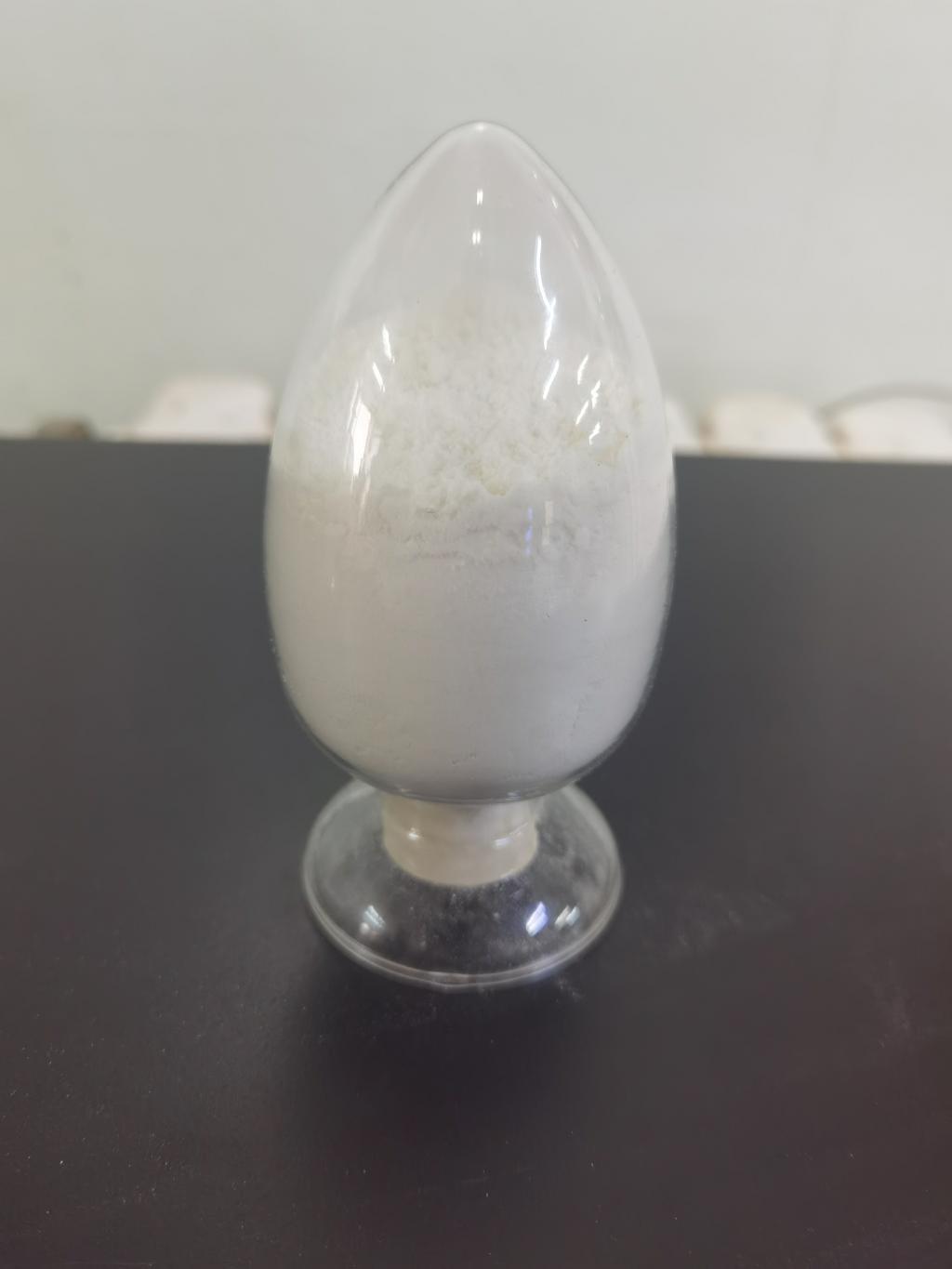Tel:+8618231198596

News
 CONTACT
CONTACT
 CONTACT
CONTACT
- Linkman:Linda Yao
- Tel: +8618231198596
- Email:linda.yao@dcpharma.cn
- Linkman:CHARLES.WANG
- Department:Overseas
- Tel: 0086 0311-85537378 0086 0311-85539701
News
ε-Polylysine Hydrochloride Nanoparticles: Shaping the Future of Preservative Delivery
TIME:2024-01-02
Nanotechnology in Food Preservation:
Nanotechnology involves manipulating materials at the nanoscale, typically at dimensions below 100 nanometers. In the context of food preservation, nanotechnology has opened new avenues for enhancing the delivery, stability, and efficacy of preservatives. Nanoparticles offer unique properties, such as increased surface area and improved solubility, making them ideal carriers for bioactive compounds like ε-Polylysine Hydrochloride.
Understanding ε-Polylysine Hydrochloride:
ε-Polylysine Hydrochloride is a cationic polypeptide produced through the fermentation of Streptomyces albulus. It exhibits broad-spectrum antimicrobial activity against Gram-positive bacteria and has been recognized as a safe and effective natural preservative. The integration of ε-Polylysine Hydrochloride into nanoparticles harnesses its antimicrobial properties while addressing challenges related to solubility and controlled release.
Properties of ε-Polylysine Hydrochloride Nanoparticles:
The conversion of ε-Polylysine Hydrochloride into nanoparticles involves techniques such as nanosuspension, nanoemulsion, or nanoparticle encapsulation. The resulting nanoparticles exhibit unique properties, including increased stability, sustained release, and improved bioavailability. These characteristics make ε-Polylysine Hydrochloride nanoparticles suitable for various applications in food preservation.
Improved Stability and Solubility:
One of the challenges associated with traditional preservatives is their limited solubility in certain food matrices. ε-Polylysine Hydrochloride nanoparticles address this issue by improving solubility, ensuring uniform distribution, and overcoming limitations related to precipitation. This enhanced stability contributes to the preservation of the preservative's efficacy throughout the product's shelf life.
Controlled Release Mechanisms:
Nanoparticles provide a platform for controlled release mechanisms, allowing preservatives to be released gradually over time. This controlled release offers a sustained antimicrobial effect, reducing the risk of microbial growth and spoilage. The ability to modulate release kinetics is particularly advantageous in preserving the quality of perishable foods.
Targeted Delivery for Enhanced Efficacy:
The targeted delivery of preservatives is a key advantage of using nanoparticles. ε-Polylysine Hydrochloride nanoparticles can be engineered to target specific sites, such as the surface of food products or areas prone to bacterial contamination. This targeted delivery enhances the preservative's efficacy while minimizing its impact on beneficial microorganisms or altering the sensory attributes of the food.
Applications in Various Food Matrices:
The versatility of ε-Polylysine Hydrochloride nanoparticles extends to various food matrices, including beverages, dairy products, meat, and baked goods. Their adaptability to different formulations and their ability to improve solubility make them suitable for a wide range of applications. From liquid products to solid matrices, ε-Polylysine Hydrochloride nanoparticles offer a flexible solution for preserving diverse food products.
Impact on Food Safety:
Enhancing food safety is a primary objective in the development of preservative delivery systems. The controlled release and targeted delivery of ε-Polylysine Hydrochloride nanoparticles contribute to minimizing the risk of foodborne pathogens and spoilage microorganisms. This can result in safer products for consumers while reducing the reliance on synthetic preservatives.
Sustainability Considerations:
The integration of ε-Polylysine Hydrochloride nanoparticles into food preservation aligns with sustainability goals. As a natural preservative, ε-Polylysine Hydrochloride is already considered environmentally friendly. The use of nanoparticles further contributes to sustainability by enabling more efficient use of the preservative, reducing waste, and enhancing the overall environmental footprint of food preservation processes.
Challenges and Future Directions:
While ε-Polylysine Hydrochloride nanoparticles show immense promise, challenges such as scale-up issues, regulatory considerations, and potential interactions with food components need careful consideration. Future research directions should focus on addressing these challenges, optimizing production processes, and expanding the applications of ε-Polylysine Hydrochloride nanoparticles in different food systems.
Conclusion:
ε-Polylysine Hydrochloride nanoparticles represent a transformative approach to preservative delivery in the food industry. By harnessing the power of nanotechnology, these particles offer improved stability, controlled release, targeted delivery, and sustainability benefits. The integration of ε-Polylysine Hydrochloride nanoparticles into food preservation not only enhances the safety and shelf life of products but also aligns with consumer preferences for natural and sustainable solutions. As research and development in nanotechnology continue to advance, the future holds exciting possibilities for the widespread adoption of ε-Polylysine Hydrochloride nanoparticles as a key player in shaping the future of preservative delivery in the food industry.
- Tel:+8618231198596
- Whatsapp:18231198596
- Chat With Skype







